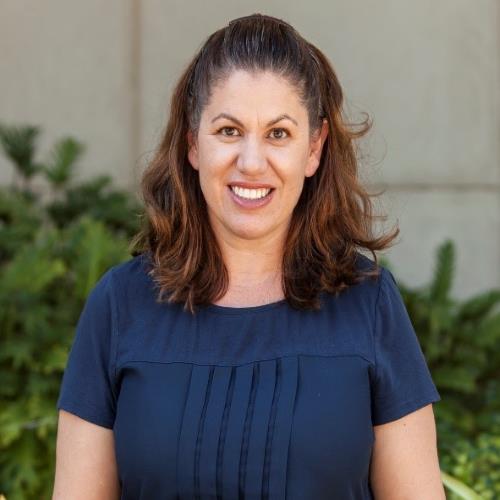Maltreatment findings are confronting, Hollonds says, calling for action

Child maltreatment in Australia has been shown, for the first time, to be “a much bigger problem than we thought,” Australia’s National Children’s Commissioner Anne Hollonds has said, calling for child wellbeing to be a bipartisan priority.
Ms Hollond’s comments follow the release of new findings from the Australian Child Maltreatment Study, which provide evidence of the scale of child maltreatment in Australia.
“Child maltreatment is a much bigger problem than we thought, leading to serious negative lifelong harms for children, and massive costs to the community,” she said.
She described the findings of the nationwide study, which examined the lived experience of 8,500 Australians aged 16 years and over as “truly harrowing,” with the study showing two-thirds of respondents having experienced maltreatment in childhood.
Physical abuse was the most common experience (32 per cent), with just over 28 per cent experiencing sexual abuse, 30 per cent emotional abuse, 8 per cent neglect, and nearly 40 per cent having experienced domestic and family violence.
For 39 per cent of respondents, two or more types of childhood maltreatment were experienced.
“Let’s be clear,” Ms Hollonds said.
“In a rich and developed country like Australia, high rates of child maltreatment are a sign of failed public service systems: poorly designed, fragmented, and lacking co-ordination across health, mental health, education, and social services.”
A large number of children who experience maltreatment will go on to suffer serious problems throughout their lives, she continued, including mental health disorders and suicide attempts. Child maltreatment is also a major contributing factor to Australia’s youth justice crisis.
“These tragic harms to children also come with greatly increased costs to the community. Mental health services alone have been estimated by the Productivity Commission to cost well over $200 billion each year,” she added.
“Child maltreatment can be prevented and ameliorated, but our policies and service systems are poorly designed, uncoordinated, and not fit-for-purpose. Families who need help are often not able to get the help they need.”
Ms Hollonds said that unlike other countries, Australia has no National Strategy for Child Wellbeing with clear accountabilities.
“We have no reporting on budget allocations for child wellbeing. We have no Minister for Children. We have no vision, and we have had no urgency for change. In a prosperous country like Australia, child wellbeing should be a bipartisan priority.”
“Today we have a rare opportunity to build a national agreement to prioritise child wellbeing and create a roadmap for reform.”
“In the past we have had no ‘compass’ to guide our decisions and our investments. An evidence-informed, overarching National Strategy for Child Wellbeing, built on the foundations of the UN Convention on the Rights of the Child, could be our guide.”
“If these shocking findings from the Australian Child Maltreatment Study do not lead to urgent national action by governments, then the question is: What will it take to make child wellbeing a national priority in Australia?”
Popular

Practice
Provider
Quality
Research
Workforce
New activity booklet supports everyday conversations to keep children safe
2025-07-10 09:00:16
by Fiona Alston

Quality
Practice
Provider
Research
Workforce
Honouring the quiet magic of early childhood
2025-07-11 09:15:00
by Fiona Alston

Quality
Practice
Provider
Workforce
Reclaiming Joy: Why connection, curiosity and care still matter in early childhood education
2025-07-09 10:00:07
by Fiona Alston












